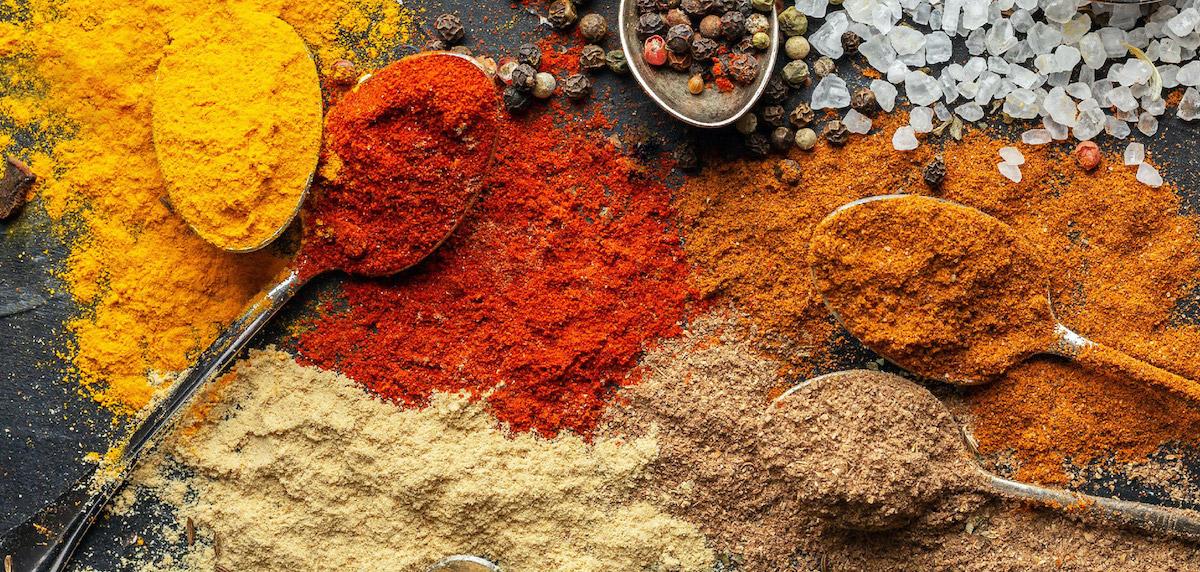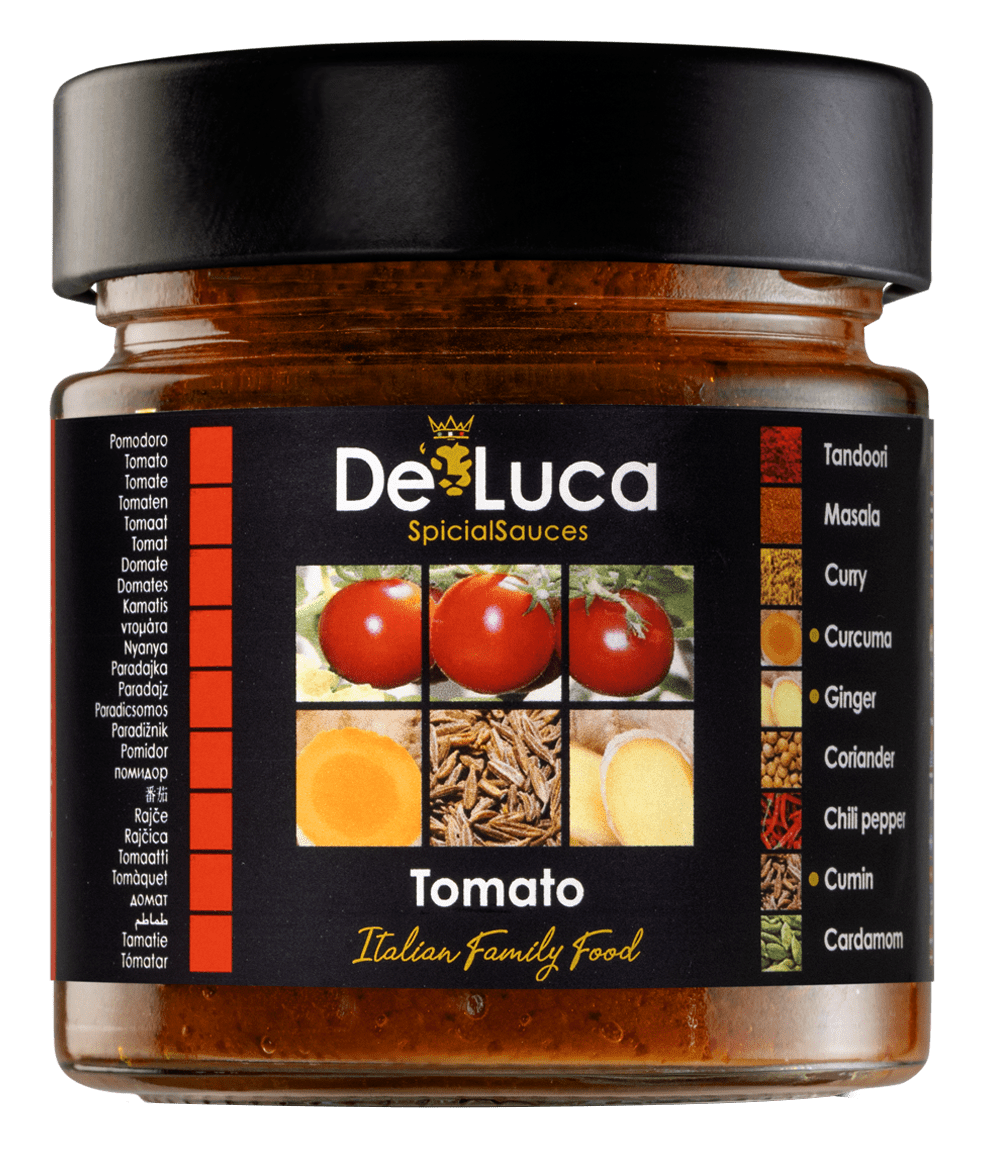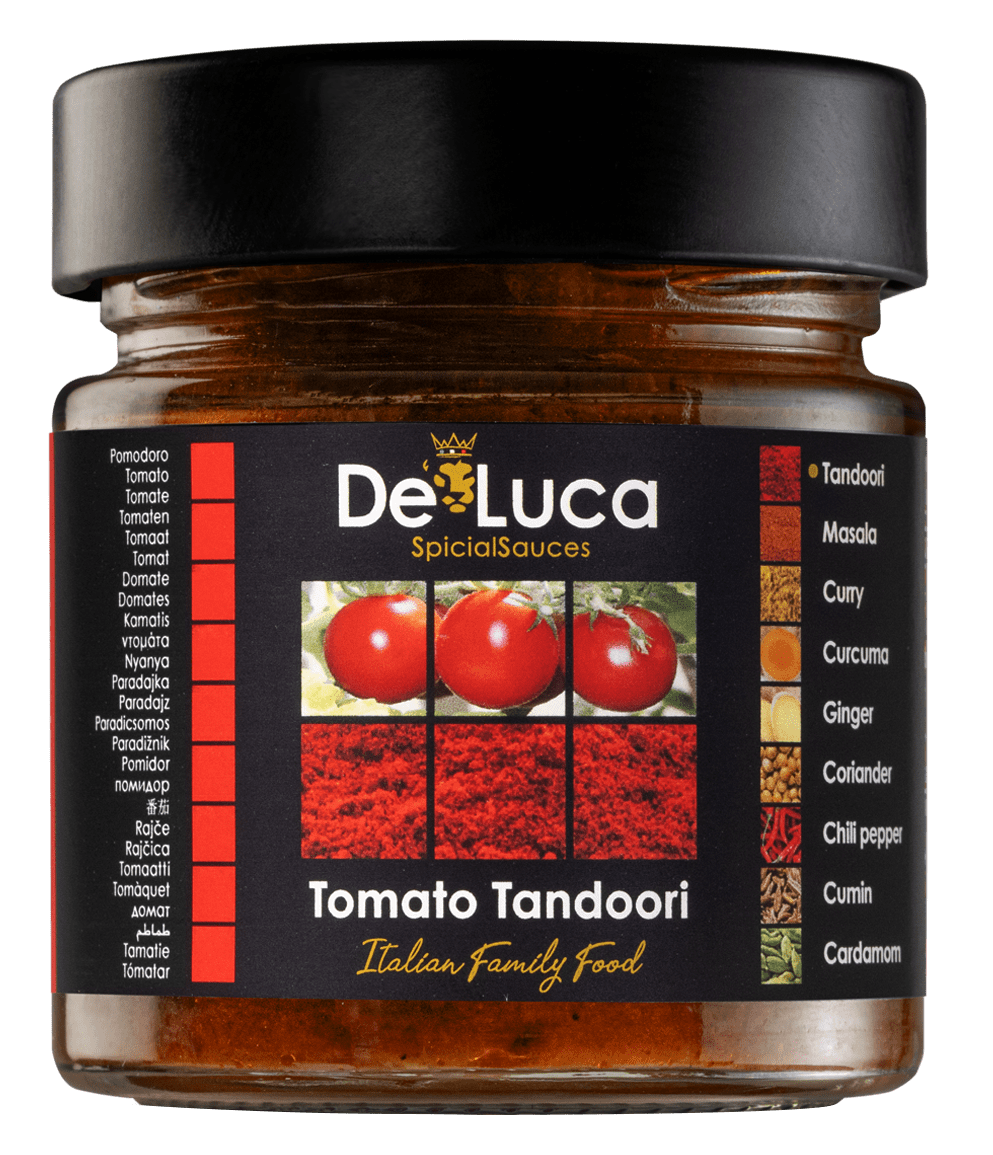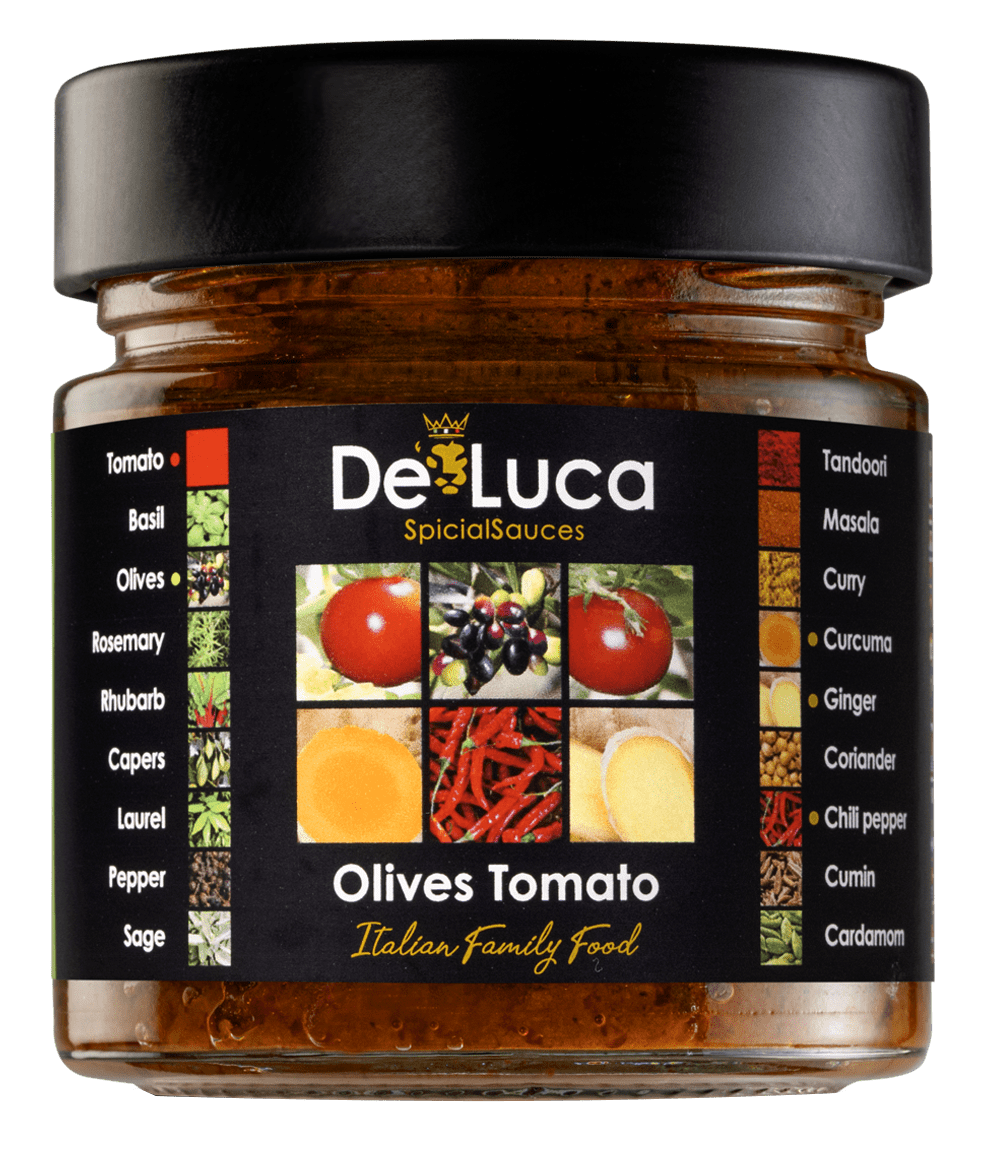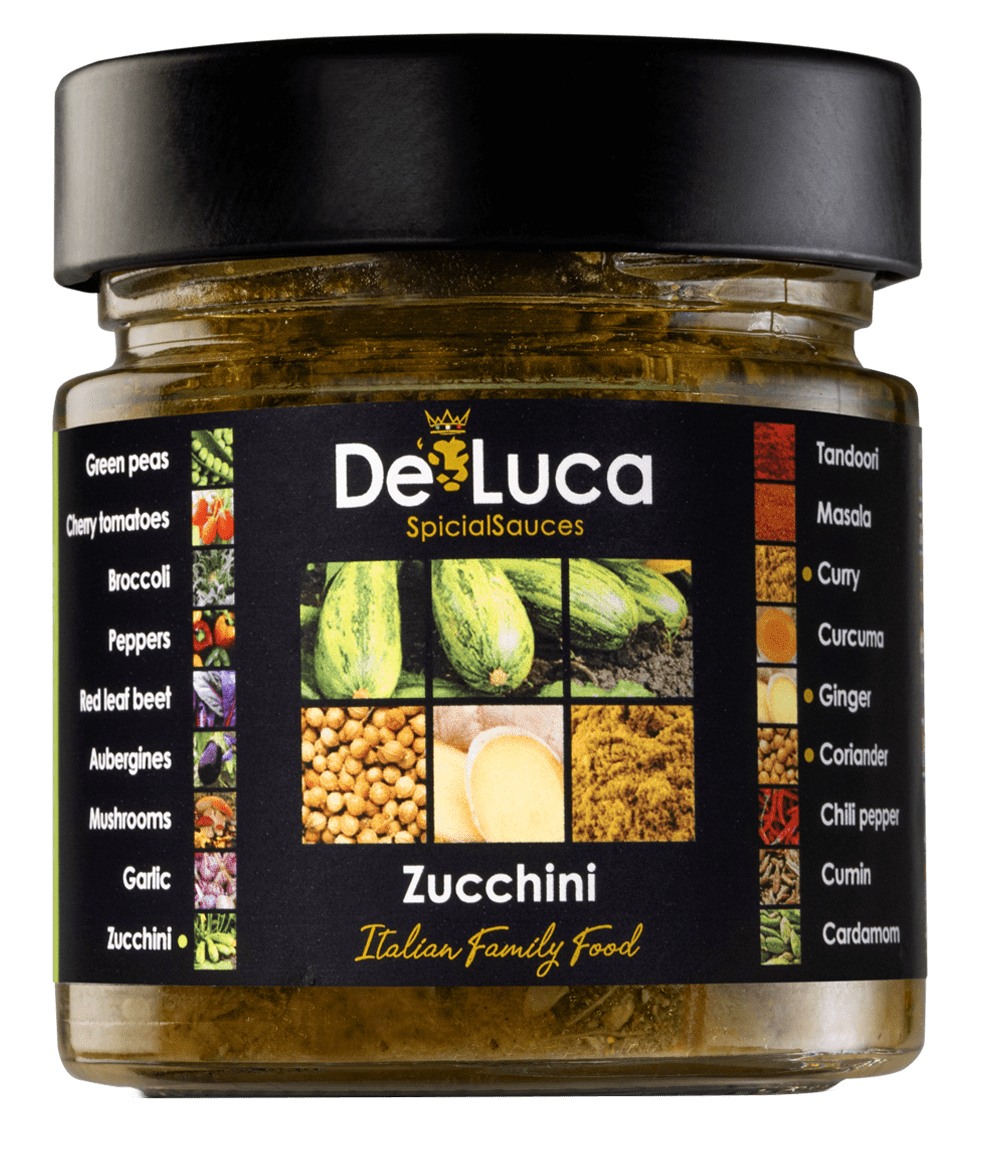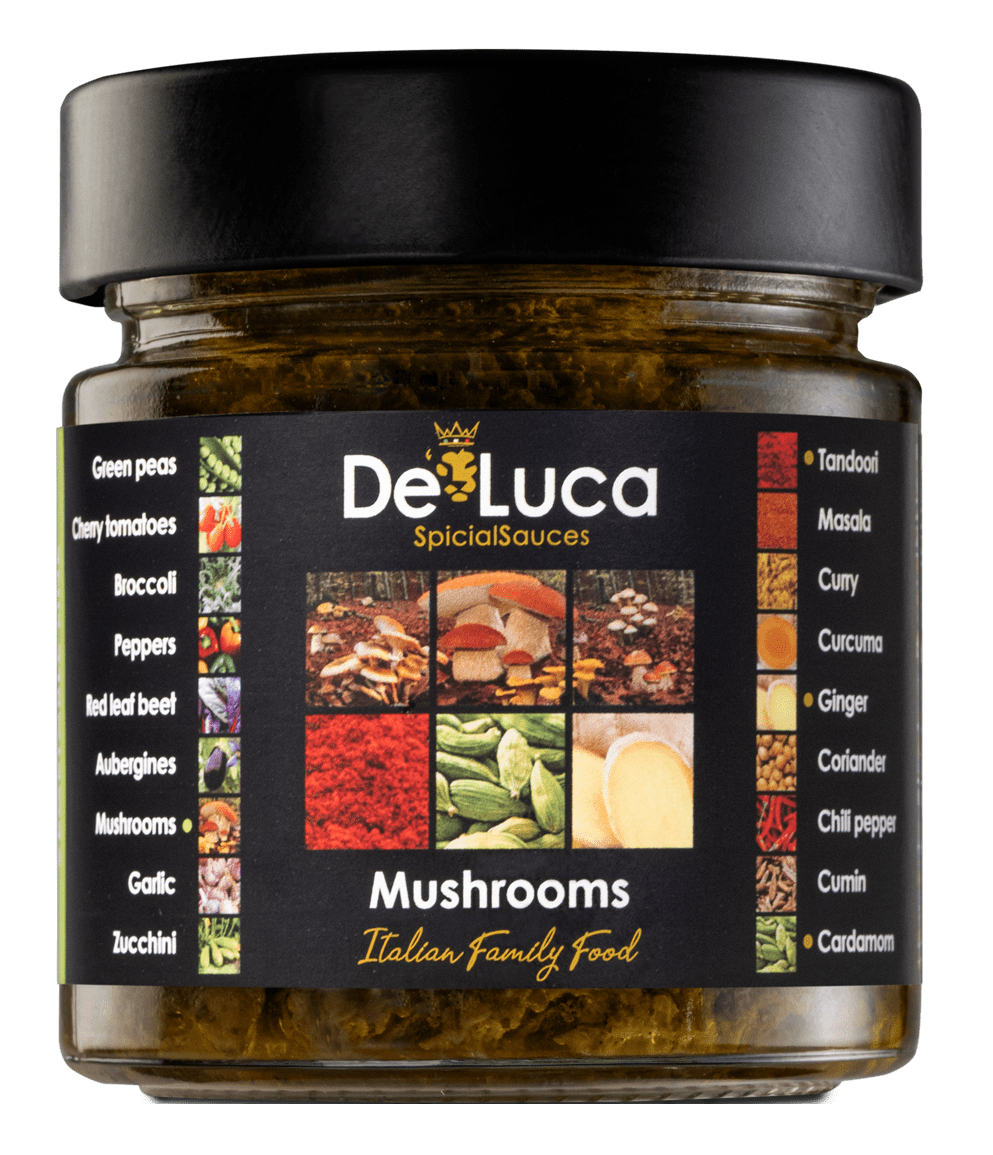Whether you're a beginner or a passionate lover of Italian cuisine eager to experiment, there's a world of flavors waiting to enrich your dishes: spices.
Many people approach them with hesitation. How often do we buy a small jar for a recipe, only to forget it at the back of the cupboard for years? A real shame, because spices are the lifeblood of countless dishes. They not only enhance natural flavors but also add new aromas to familiar ingredients, awakening all five senses.
Cooking without spices is like composing a symphony without the string section: thinking “spices” just means a dash of pepper or a spoonful of paprika is missing out on extraordinary richness.
A World of Spices
The Middle East was for millennia the heart of the spice trade between East and West. Spices from the eastern Mediterranean coasts are green and vibrant, drier and more intense than those from the Arabian deserts, while fertile lands produce sweeter and fresher aromas.
African cuisine, as varied as the vast continent itself, tells a complex story: from ancient kingdoms and empires to colonization, migrations, and trade routes.
In South Asia, every community has its own seasonings: from pure cumin to more complex blends. Local spices like cardamom or cinnamon are essential, while others – like chili or coriander – introduced over time, have become integral to the culinary culture.
The arrival of chili in Southeast Asia thanks to Portuguese traders revolutionized regional cuisine. Today, it’s one of the dominant spices, alongside fresh ingredients such as garlic, ginger, and lemongrass.
East Asia also played a key role: as the final destination of trade routes in the 15th century, it is now the fourth largest producer worldwide. Interestingly, spices here are almost never hot, except for Sichuan pepper, which leaves a distinctive tingling sensation on the tongue.
In the Americas, the spice map is a diverse and creative mix, shaped by influences from Asia, Europe, forests, oceans, and mountains. Most varieties used today stem from global trade, but there are still fascinating local uses of native spices.
Italy also played a fundamental role. Between the 8th and 15th centuries, when the Republic of Venice controlled the spice trade, our country was its beating heart. Today, regional traditions reflect that history: fennel, nutmeg, saffron, cloves, and chili enrich meats, cheeses, pasta, and traditional desserts like panforte.
What is a Spice?
Spices are the most aromatic parts of plants: seeds, roots, fruits, stems, flowers, or bark, usually dried. Unlike herbs, which mainly come from leaves, spices have a much more intense concentration of aroma.
Some very fragrant leaves, like bay leaf or coriander, can be considered spices when used to flavor a dish as a base, rather than as a fresh ingredient.
What are the most commonly used spices in cooking?
Among the most appreciated and versatile spices are turmeric, ginger, cumin, curry, chili, and tandoori. Used wisely, they easily enhance pasta, meats, and vegetables without overpowering other flavors.
In this article, we guide you through these six spices and our Spicial Sauces – a line of gourmet ready-to-use sauces that blends the tradition of Italian cuisine with the magic of spices. Ingredients like tomato, zucchini, and mushrooms are elevated by unique aromatic combinations, perfect for those who love to explore new pairings.
Cumin
Cumin stands out with its intense aroma and warm, slightly bitter taste. It transforms even the simplest dishes into something unique. Once mainly associated with Middle Eastern or Indian cuisine, it now also appears in Italian traditions, especially in rustic, homemade preparations where it adds depth and character.
A handful of toasted cumin seeds enhances the taste of legumes, while a pinch of ground cumin gives an extra kick to a vegetable soup or roasted potatoes. In marinades, slow-cooked seasonal vegetables, or veggie burgers, cumin makes dishes more intriguing.
An ancient spice from the Nile Valley and Mediterranean coasts, rich in minerals and proteins, it carries a fascinating history.
In our Spicial Sauces line, cumin stars in the Tomato sauce, harmoniously combined with turmeric and ginger for a warm, enveloping note. Our tip? Try it in our Oriental Parmigiana or sprinkle it over roasted vegetables for an aromatic touch.
Curry
Curry is much more than just a spice: it's a blend of aromas, a complex composition telling stories of faraway lands and cultural exchanges. Originally from India, curry became popular worldwide during British colonial times, adapting to local tastes over the years.
The curry most known in Europe, famous for its use in chicken curry, is a golden-colored mix with an intense aroma, perfect to liven up even the simplest dishes. A teaspoon is enough to flavor rice, legume soups, or stir-fried vegetables.
In our Spicial Sauces collection, you’ll find it in the Zucchini sauce, where it’s balanced with coriander and ginger for a harmonious, slightly exotic combination. For a different kind of appetizer, try our hard-boiled egg cicchetto.
Tandoori
Tandoori is a traditional Indian spice blend, famous for its bright red color and warm, spicy flavor. Originally created to season meat cooked in a clay oven (tandoor), it adds depth and intensity without being overly hot.
In our Spicial Sauces, tandoori appears in the Tomato Tandoori and Mushrooms sauces, combined with cardamom and ginger for a rich, well-balanced taste.
Try our tandoori meatballs, a roasted chicken with potatoes and cherry tomatoes, or even mix tandoori powder into homemade gnocchi dough for an unforgettable flavor.
Turmeric
With its golden color and earthy, delicate aroma, turmeric is unmistakable. Originating from Southeast Asia, it has been known for centuries in both cooking and traditional medicine for its antioxidant and cleansing properties.
In our Spicial Sauces, you’ll find it in Tomato and Olives Tomato, blended with cumin, ginger, and chili for complex yet balanced flavors.
It’s easy to use: add a pinch to risottos (perfect with pumpkin or carrot), homemade fresh pasta, or mix it with extra virgin olive oil and black pepper for a boosted effect. We love it in our red wine artichoke bottoms.
Ginger
Ginger, native to tropical Asia, delights with its pungent aroma and lively, slightly spicy taste. Known as the “root of vitality”, it symbolizes energy and wellness.
It’s present in four out of five of our Spicial Sauces – Mushrooms, Tomato, Olives Tomato, Zucchini – bringing freshness and originality to every dish.
Use it freshly grated in sauces and marinades, or ground in cookies and savory dishes. Try our oven-baked octopus with vegetables, a dish full of flavor and surprise.
Chili
Chili is much more than just heat: it adds character, energy, and depth to any dish. Originating from the Americas, it has conquered cuisines worldwide.
In our Spicial Sauces, it’s found in Olives Tomato, combined with turmeric and ginger for a lively, balanced taste.
Whole, dried, ground, or in flakes, chili energizes dishes. A timeless classic: spaghetti aglio, olio e peperoncino.
Conclusion
Spices offer an infinite variety of flavors, each with its own history, aroma, and magic. They invite you to experiment, play with tastes, and unleash your creativity.
With our Spicial Sauces, we aim to inspire both home cooks and professionals to discover new combinations: a bridge between Italian tradition and the world of spices.
What are you waiting for? Visit our shop and let yourself be conquered by the taste of spices!


